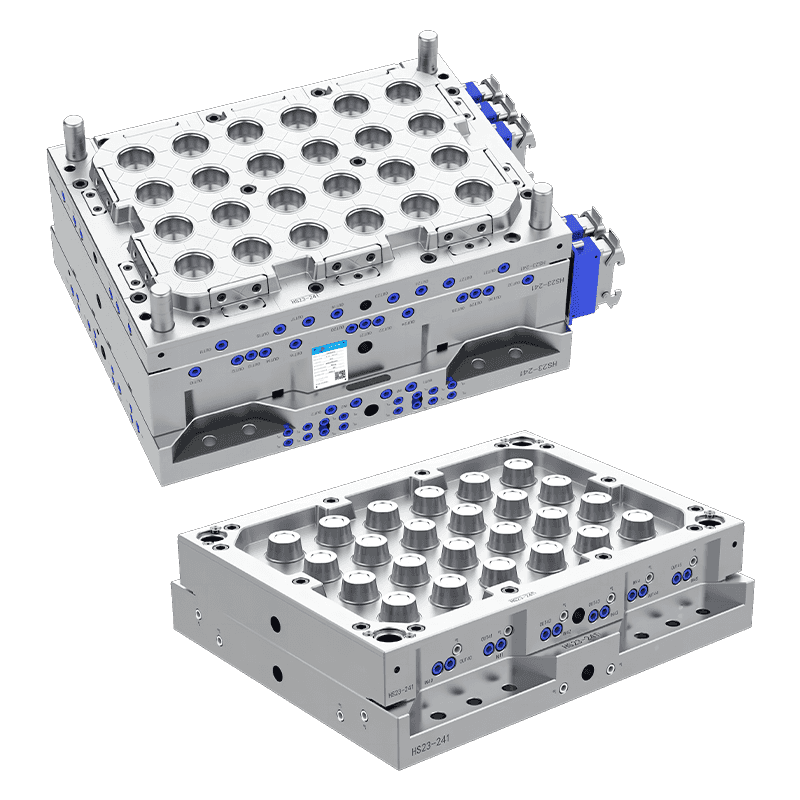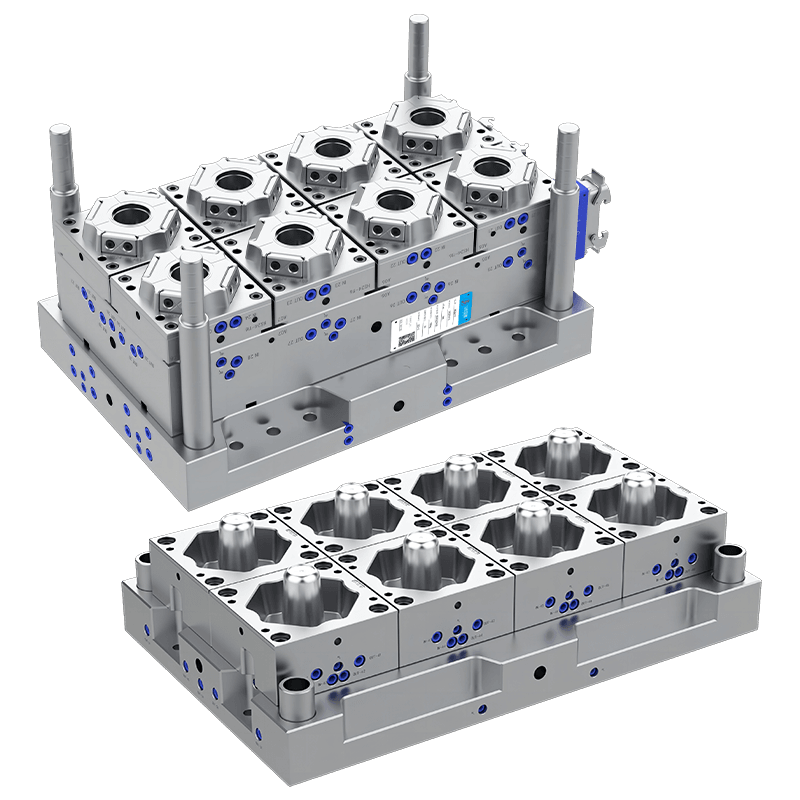Design Standards for Plastic Round Food Container Die Mould Manufacturers
In the manufacturing industry, the design of Plastic Round Food Container Die Mould Manufacturers is crucial for producing high-quality plastic products, particularly for items like round food containers. The die mould not only shapes the product but also influences its functionality, durability, and overall appeal.
Material Selection
The choice of material for the Plastic Round Food Container Die Mould Manufacturers is fundamental in determining the quality and longevity of the plastic round food containers. Typically, die mould are made from high-grade steel or aluminum alloys. Steel, particularly hardened tool steel, is favored for its durability and resistance to wear and tear. Aluminum, on the other hand, is chosen for its lightweight nature and cost-effectiveness, though it may not offer the same level of durability as steel. The selected material must withstand the high pressure and temperature conditions during the injection molding process.
Design Precision
Precision in Plastic Round Food Container Die Mould Manufacturers design is paramount for achieving consistent and high-quality products. The mould must be designed to exact specifications to ensure that the final containers meet the desired dimensions and tolerances. Deviations in the mould design can result in defects such as warping, dimensional inaccuracies, or poor fit of the container lids. Advanced computer-aided design (CAD) software is often employed to create detailed and accurate mould designs, allowing for precise adjustments and modifications before production begins.
Mould Cavities and Core Design
The design of the Plastic Round Food Container Die Mould Manufacturers cavities and cores directly impacts the functionality and appearance of the food containers. For round food containers, the cavities must be carefully designed to ensure uniform thickness and consistent roundness. This requires a thorough understanding of material flow dynamics and thermal behavior during the injection molding process. The core design should facilitate easy ejection of the containers without causing damage or deformation. Multi-cavity mould are often used to increase production efficiency, allowing multiple containers to be produced in a single cycle.
Cooling Systems
Effective cooling systems are crucial for the production of high-quality plastic containers. During the injection molding process, the molten plastic must be cooled and solidified quickly to achieve the desired shape and properties. The Plastic Round Food Container Die Mould Manufacturers design should incorporate an efficient cooling system, which typically involves the use of water channels or other cooling mechanisms to regulate the temperature. Proper cooling helps to reduce cycle times, reduce residual stresses, and ensure consistent product quality.
Ejection Mechanisms
Ejection mechanisms are essential for the smooth removal of finished containers from the Plastic Round Food Container Die Mould Manufacturers. In the case of round food containers, the ejection system must be designed to handle the specific shape and size of the containers without causing damage. Common ejection methods include the use of ejector pins, sleeves, or air blasts. The design of the ejection system must account for factors such as the size of the container, the type of plastic used, and the Plastic Round Food Container Die Mould Manufacturer’s overall design.
Venting and Air Removal
Proper venting is necessary to prevent defects such as air traps, short shots, or surface blemishes on the containers. During the injection molding process, air must be allowed to escape from the mould cavity to ensure that the molten plastic fills the cavity completely and evenly. The design of the mould should include adequate venting channels or vents to facilitate the escape of air and prevent pressure buildup. Effective venting contributes to a smoother surface finish and overall product quality.
Durability and Maintenance
The durability of the die mould is an important consideration for long-term production efficiency. The mould must be designed to withstand repeated use and exposure to high temperatures and pressures. Regular maintenance and inspection are necessary to ensure that the mould remains in condition. Design features such as easy access for maintenance and replacement of worn parts can contribute to the overall longevity and performance of the mould.
Contact Us
Email: [email protected]; Or fill out the contact form below.

 English
English 中文简体
中文简体 русский
русский Español
Español Français
Français




